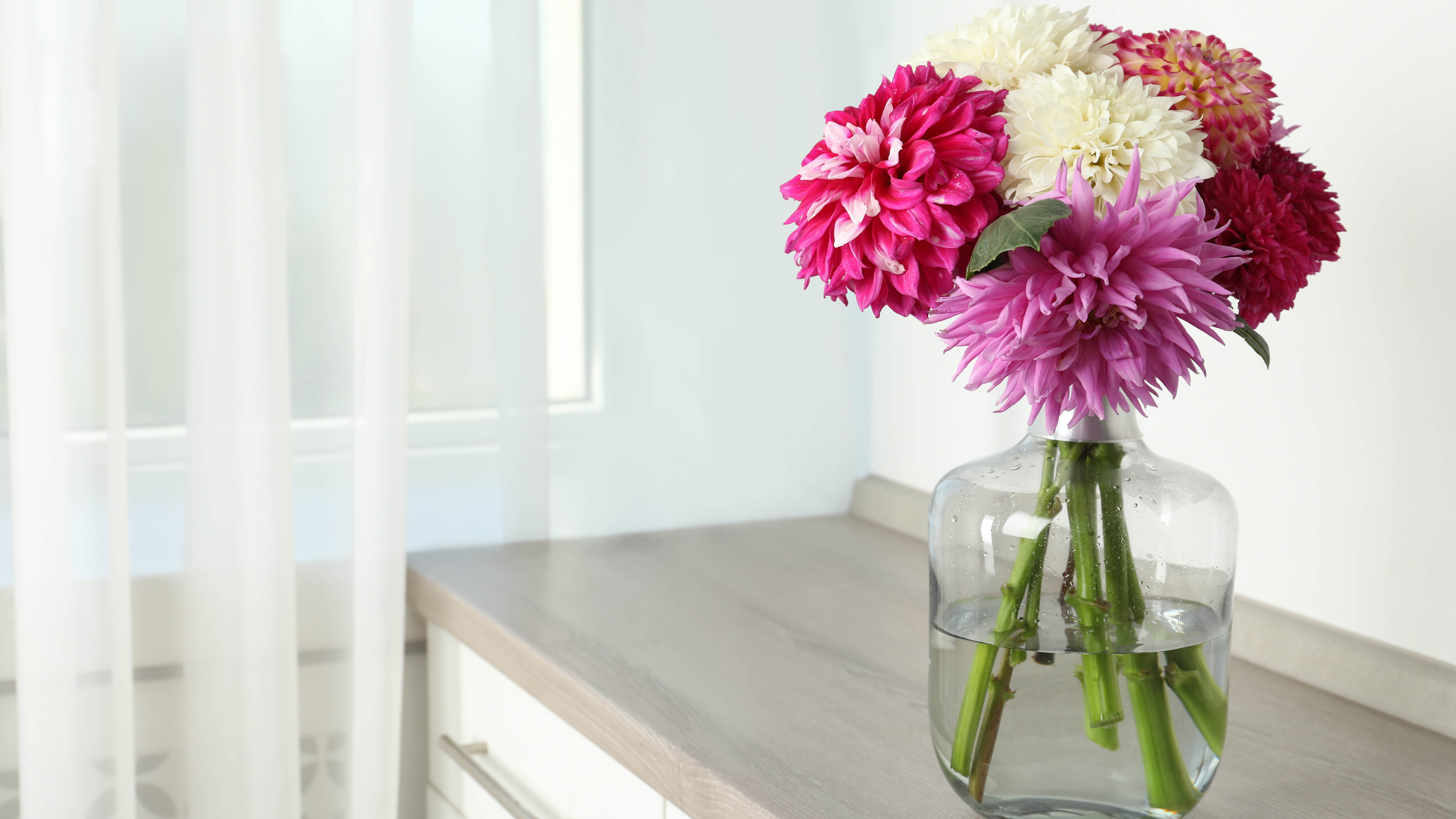
Spring is here, and while it’s the season for beautiful blooms and warmer weather, it’s also the time for pollen allergies. Whether it’s constant sneezing, runny nose, or itchy eyes, allergies can often put a dampener on your day.
But, if you’ve tried every method of fighting allergy season (with no luck) — you may want to look at your indoor plants. Interestingly, there are certain flowering plants that release high pollen levels into your home, which can trigger and worsen your hayfever/allergy symptoms. In addition, touching parts of a plant could cause allergic reactions, caused by certain liquids or sap from various species. That’s why it’s advisable to wear one of the best gardening gloves when it comes to handling a plant when using the best pruning shears or even repotting — especially if you’re prone to allergies.
According to sleep experts, these plants can interfere with your sleep, since a high pollen count is likely to disturb you at night. Alternatively, if you want to reduce allergens in the home, invest in one of the best air purifiers to improve the air quality in the home. Or you can also follow these 9 tips to reduce allergens in your home.
In the meantime, if you’re a plant lover, make sure you don’t have these indoor plants if you have allergies.
1. Chrysanthemums

With their colorful, globe shapes, chrysanthemums are pretty, spring bouquets to brighten up our homes. However, these are also a big producer of pollen, and should be avoided by allergy sufferers. “A popular choice, chrysanthemums bring bursts of colour to our homes and gardens,” says Ashley Hainsworth, founder and MD of Bed Kingdom. “But they should be avoided due to the high levels of pollen they carry in just about every part of the plant.”
2. Ferns

Ferns are a popular houseplant, and can add much feature to home decor. In addition, these are also non-toxic, making them safe around children and pets.
However, these can trigger bad, allergic reactions — especially for hayfever sufferers. This is because breathing in fern spores can cause sneezing, itchy skin and eyes, or worse case, respiratory symptoms.
3. Dahlias

Another popular choice of bright bouquet are dahlias, which come in various colors and varieties. And while these add a pop of color in any room, dahlia also have pollen that can cause an outbreak of allergy symptoms throughout the season.
“Dahlias are another which produce high amounts of pollen,” agrees Hainsworth. “Luckily, there are hybrid varieties available that allergy sufferers may enjoy without making symptoms worse.” So it is always best to check the species or simply avoid keeping them in the house.
4. Waxplant (Hoya carnosa)

These indoor plants may be great to decorate your home with their distinct beautiful flowers, and ornamental leaves. However, the Hoya species are known to trigger allergic reactions such as rhinitis, eye redness, coughing, and asthma. Worse case, the allergens could reach the respiratory tract through the air causing serious illness.
Other symptoms occur through direct contact with the wax plants, when pruning or watering, which could cause a bad skin reaction. If this occurs, be sure to seek medical advice immediately, and refrain from handling plants without gardening gloves.
5. Baby’s Breath

These tiny, white flowers may look harmless, but these are the worst indoor plants for allergies, according to experts. “A small, sweet flower that packs a big punch - baby's breaths are one of the worst offenders for allergies,” states Hainsworth. “A National Library of Medicine study concluded that these plants contribute to allergy sufferers' symptoms and are a potential trigger for asthma. Single-flowers are reportedly worse for allergies than its double-flower variant.”
Symptoms from exposure to the pollen include rhinitis, conjunctivitis, and asthma — so best to be avoided.
6. Weeping fig (Ficus Benjamina)

The weeping fig is another lush, common plant that looks attractive around the home. However, the ficus species are known for triggering indoor allergies.
This is due to the particles from the leaves, trunk and sap of the plant that can cause a reaction similar to a latex allergy. Not only can it cause minor skin irritations, but can trigger respiratory problems over time. This is especially worse for asthma sufferers or those with other lung conditions. "Common indoor fiscus, such as the Fiscus Benjamina, or the Weeping Fig, is another one to avoid as they produce a milky sap that can cause allergic reactions in some people." says Craig Wilson, Co-founder, director & in-house gardening expert at Gardeners Dream. "Certain varieties of ferns that reproduce through spores, such as the Boston Fern, can also be problematic in the home for those that suffer with allergies, due to the release of spores into the air."
Experts suggest removing weeping fig plants from enclosed spaces, or keeping them outdoors to avoid allergies.
7. Marigolds

Bright marigolds are another spring bloom, adding a burst of warm color in a room. However, these are bad news for hayfever or allergy sufferers. Marigolds can produce an excessive amount of pollen, causing allergic reactions such as sneezing, itchiness or respiratory illness. What’s more, the strong scent can trigger issues with asthma or odor sensitivities.
Remember to always seek medical advice if you experience any allergic reactions or symptoms caused by these indoor plants.
What plants are best for allergies?

Whether you're a plant parent, or enjoy decorating with plants, you can still do so, as long as you opt for the allergy-safe options.
"Whilst flowering plants might be off the cards, green leafy options offer just as much joy," suggests Wilson. "Some allergy-safe options include snake plants (Sansevieria), spider plants (Chlorophytum), dragon plants (Dracaena), cast iron plants (Aspidistra) and bamboo palms (Chamaedorea). It is worth noting, that plants with large leaves can gather dust, so to reduce any dust allergy symptoms, make sure to regularly clean the surface of the leaves with a damp cloth."







